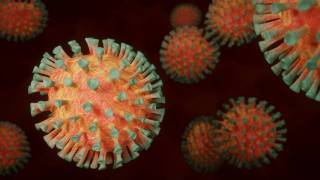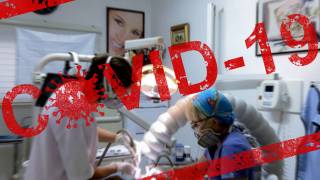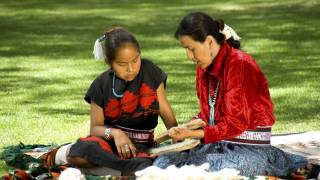China’s 2019-nCoV Reaches Japan and Thailand

Japan’s Health Ministry has confirmed a case of the 2019-nCoV coronavirus which was initially reported first in China in late 2019, which has resulted in more than 40 confirmed human infections.
According to a statement by Japan's Ministry of Health on January 16, 2020, this man was hospitalized because of a fever on January 10th, four days after his return to Japan after visiting the central China city of Wuhan, Hubei Province.
Wuhan is the reported center of the 2019-nCoV outbreak.
Under Japan’s travel protocols introduced more than 15 years ago during the Sars outbreak, foreigners arriving in Japan will be urged to visit a medical facility if they feel ill.
“The (Japan) ministry has instructed quarantine officials at points of entry to be more vigilant for people who display signs of infection as they arrive and to improve their surveillance of passengers,” the health ministry official said.
Japan’s Coronaviris case appears to be the 2nd time the novel coronavirus has been detected outside China, after the World Health Organization (WHO) confirmed a case in Thailand on January 13th.
The WHO said that the person was also a traveler from Wuhan, China, and was identified by Thai officials on January 8th. During entry screening at a Thailand airport, she was identified and admitted to an infectious diseases hospital that same day.
The possibility of cases being identified in other countries was not unexpected and reinforces why the ‘WHO calls for on-going active monitoring and preparedness in other countries.’
Additionally, the Wuhan Municipal Health and Health Committee reported on January 16, 2020, a total of 41 cases of pneumonia caused by new coronavirus infection, 12 cases have been cured and discharged, 5 cases are being treated in severe cases, and 2 cases have died. A total of 119 medical observations are still underway.
WHO health officials have also expanded precautions to coincide with the peak travel period around the Chinese Lunar New Year during late January.
The WHO has issued guidance on how to detect and treat persons ill with the new virus. The genetic sequencing shared by China enables more countries to rapidly diagnose patients.
According to the US Centers for Disease Control and Prevention (CDC) on January 15th, Chinese authorities have posted the full genome of the so-called “2019 novel coronavirus” or “2019-nCoV” in GenBank, a genetic sequence database.
Access to the full genetic sequence of 2019-nCoV will facilitate the identification of infections with this virus going forward. It is possible that more cases will be identified in the coming days.
Coronaviruses are a large family of viruses, some causing illness in people. Rarely, animal coronaviruses can evolve and infect people and then spread between people, such as has been seen with Middle East Respiratory Syndrome (MERS-CoV) and Severe Acute Respiratory Syndrome (SARS-CoV).
The CDC issued a Level 1 Travel Alert regarding these issues on January 12th, which has been updated.
This is an ongoing investigation and ‘it’s possible that some limited person-to-person spread may continue to occur,’ says the CDC.
Although the 2019-nCoV transmission dynamics have yet to be determined, and the situation is evolving, the CDC recommends a cautious approach to screening symptomatic patients with a history of travel to Wuhan.
The CDC does identify various vaccines international travelers should discuss with a healthcare provider prior to visiting China.
International health and vaccination news published by Vax-Before-Travel.
Our Trust Standards: Medical Advisory Committee

























